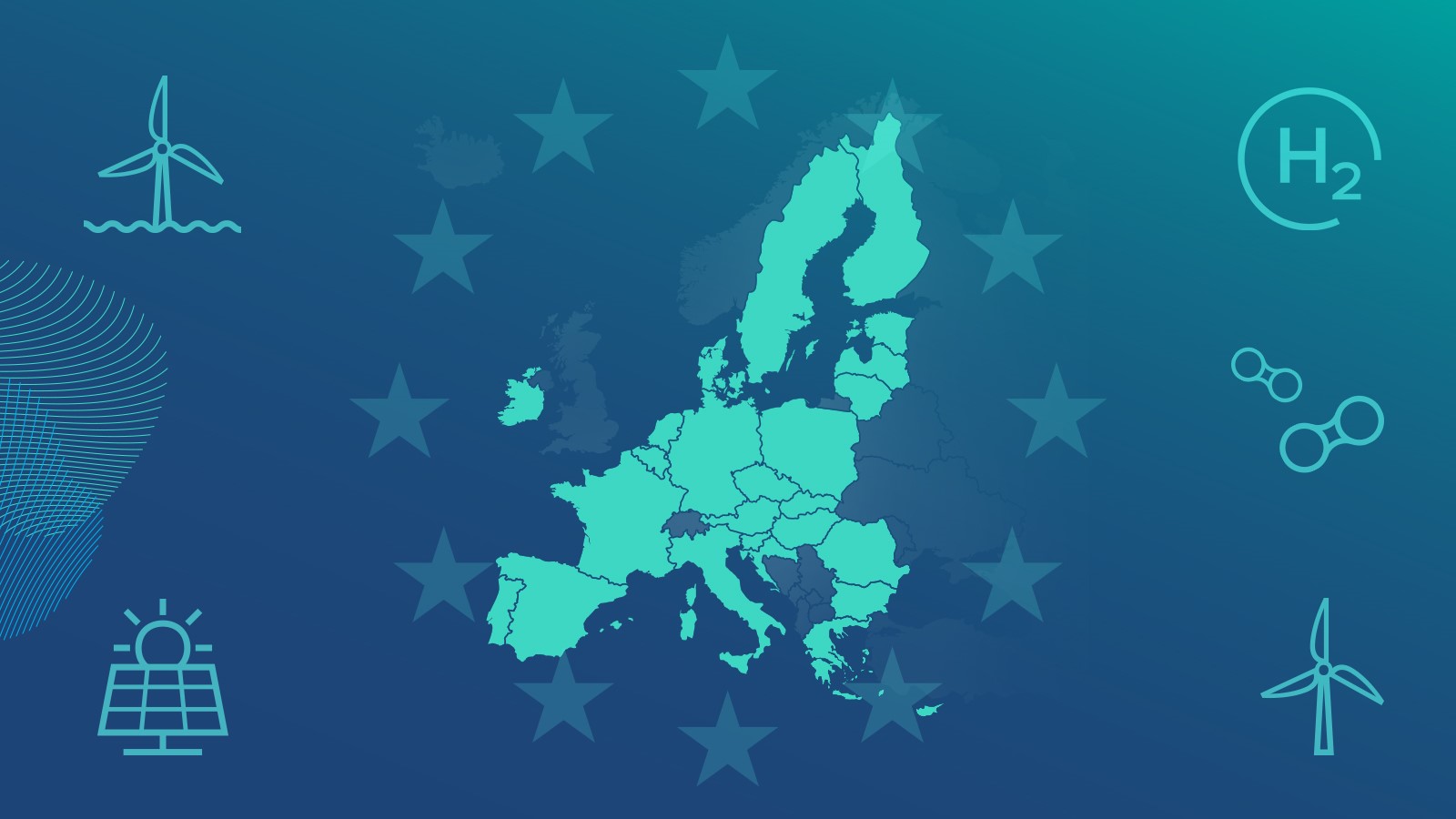RWE to start marketing free capacity in Gronau-Epe hydrogen storage facility
16.06.2025


“The European Commission’s REPowerEU package was conceived as a watershed for security of supply and climate protection. The increased targets for the expansion of renewables and the ramp-up of hydrogen are a step in the right direction. But the detailed rules around hydrogen criteria that have now been proposed will put the brakes on needed investment in the coming years. The transformation of industry will be unnecessarily delayed because the green hydrogen that is urgently needed will not be available quickly enough in the volumes required. The current detailed rules proposal will put the brakes on a good plan. Europe needs green gases as soon as possible to achieve our climate targets and for more independence from Russia.”
With the REPowerEU initiative, the EU Commission aims to decisively drive forward its goals for security of supply, independence from Russian fuel supplies and its ambitious climate targets. The key components of the initiative are to increase the expansion of renewables and to accelerate the ramp-up of the hydrogen market.
However, at the same time, the delegated act now proposed, which specifies the future game rules for European hydrogen production, massively counteracts these ambitious goals. Instead of accelerating the ramp-up of the hydrogen economy, the regulation puts unnecessary shackles on it.
The delegated act specifies that, following a short transitional period, by 2026 it will be permissible to use only electricity from newly constructed, unsubsidised wind and solar plants to generate green hydrogen. Even if planning and approval processes for new wind and solar power plants are to be accelerated in future, this would mean that it would not be possible to produce green hydrogen in large volumes before 2030.
The proposal that electrolysers may only produce hydrogen when electricity is almost simultaneously being produced by these new wind and solar farms is also problematic. This temporal correlation means that electrolysers would have to sit idle during any extended calm period. The result would be an unnecessary increase in the price of hydrogen due to more complex operations, and would make it almost impossible to ensure a continuous supply to industry.
What is intended as acceleration will in fact amount to slamming on the brakes. In other areas, such as electric mobility, there is no direct coupling of generation from directly allocated renewables plants either. What is more, from an energy industry perspective this kind of approach is entirely unnecessary, since emissions trading regulates CO2 reductions and ensures that emissions of CO2 are limited to the available number of allowances.
RWE and many other companies are prepared to invest billions of euros in making the switch to green hydrogen a reality. Many industrial companies want to convert their production processes. But to do so, they need the certainty that green hydrogen will be available as quickly as possible, in sufficient volumes, and at a reasonable cost. In recent months, industry has therefore drawn up many constructive proposals around how to leverage headroom when it comes to the green hydrogen requirements. RWE will actively work towards this in the upcoming consultation and hopes that political decision-makers rethink the current criteria proposals.
If Europe wants to achieve its ambitious climate targets, it also needs a brand new approach going forward: There should be no limiting criteria for the producers and purchasers of green hydrogen around the use of electricity. Instead, the member states should take the additional electricity required to ramp up electrolyser capacity into account in their national build-out targets for renewables. Separate proof by the green electricity community would then no longer be necessary. The current revision of the Renewable Energy Directive (RED II) offers the opportunity to do this and, if implemented, this will make it possible to further unleash hydrogen’s potential.